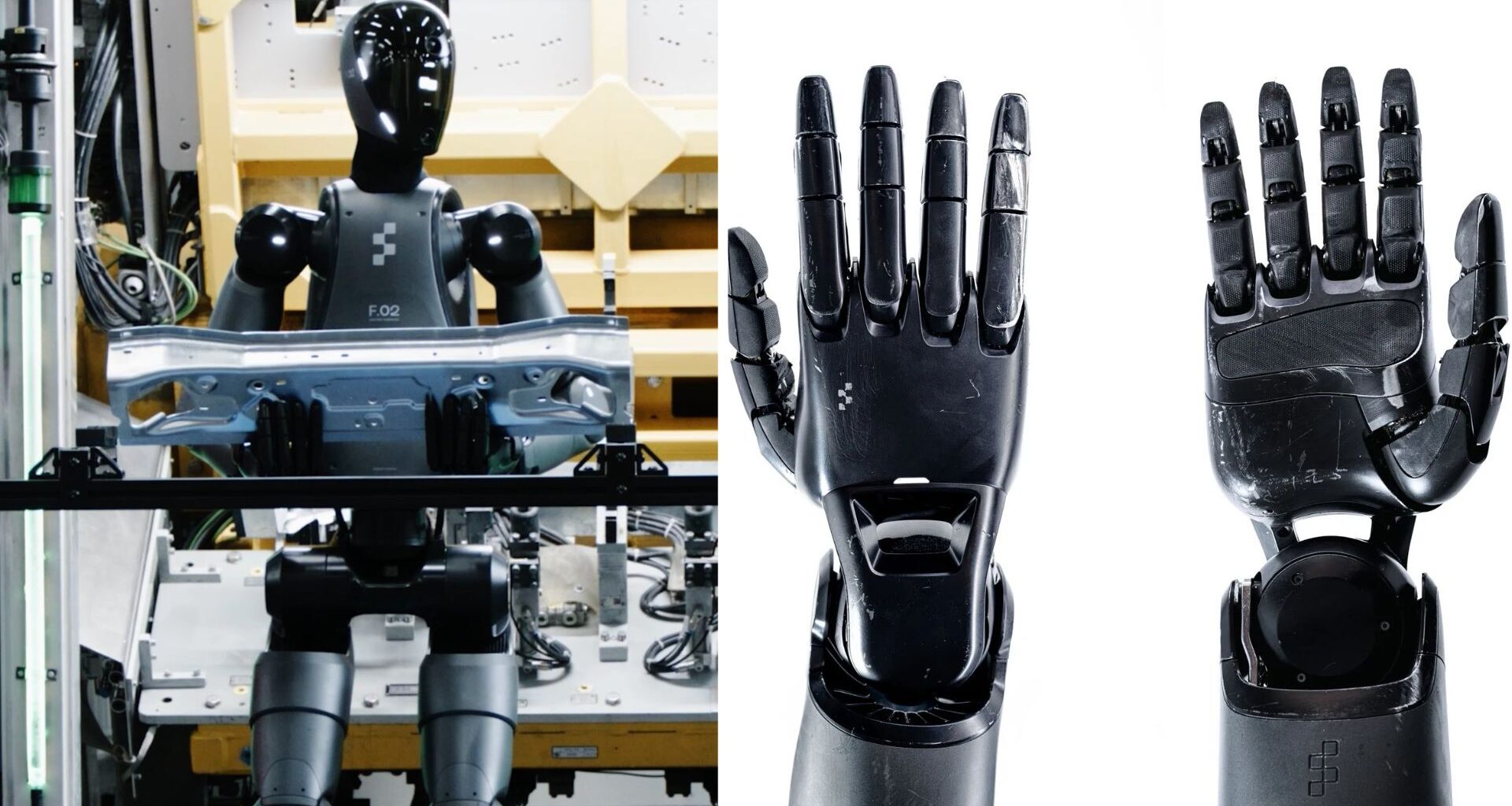California-based Figure AI announced on Wednesday that it is officially retiring its Figure 02 (F.02) humanoid robots.
The decision comes after an 11-month deployment at BMW Manufacturing’s Spartanburg, South Carolina plant. The pilot project was part of a collaboration to test humanoid robots on a real assembly line.
The company highlighted that the F.02 units helped produce more than 30,000 BMW X3 vehicles and load over 90,000 sheet-metal parts during their deployment.
Figure CEO Brett Adcock shared visuals of the robots covered in scratches, scuffs, and grime, signaling the realities of working in an industrial environment.
Scratches as proof of real work
The company shared video footage of the F.02 robots, clearly showing wear and tear from months on the line. Adcock described this as “real-world deployment.”
The visuals serve as proof against earlier skepticism that Figure’s work at BMW was only a small-scale feasibility study. By showing the robots’ worn appearance, the company demonstrates that they operated for months on an active assembly line.
The grime and scratches became an unintended badge of honor. They show the robots endured the repetitive and demanding nature of factory work. The company said the visuals and performance metrics together validate their claims of long-term deployment.
Performance data from the trial run
The U.S firm released a detailed account of what the robots achieved at the facility. It said the deployment expanded quickly after the initial setup period. Within the first six months, the robots had been moved to Spartanburg and were operating on the floor. By the tenth month, they were running full shifts on the assembly line.
Their primary task involved lifting sheet-metal parts from bins and placing them on welding fixtures with a 5-millimeter tolerance. After placement, traditional robotic arms performed the welding. The humanoids handled metal loading with a cycle time of 84 seconds, including 37 seconds for the load. Accuracy stayed above 99 percent, the firm stated in the press release.
The robots completed more than 1,250 hours of runtime. The company estimated that the machines walked about 200 miles inside the facility. The deployment followed a 10-hour shift schedule, Monday to Friday. These metrics were presented as confirmation that humanoid robots can sustain industrial workloads for long periods inside active plants.
Excited to share our F.02 robots have contributed to the production of 30,000 cars at BMW
Today we’re sharing our learnings from an 11-month real world deployment as the F.02 fleet retires pic.twitter.com/rfWvb9PZzl
— Figure (@Figure_robot) November 19, 2025
Lessons and the future of humanoids
The robotics firm was also transparent about hardware challenges during the deployment. The forearm emerged as the main failure point due to the complexity of packing three degrees of freedom, thermal management, and cabling into a human-sized limb. Constant motion stressed the microcontrollers and wiring, a problem rarely highlighted in the humanoid sector.
These lessons informed the design of Figure 03. The new model eliminates the distribution board and dynamic cabling in the wrist, with motor controllers now communicating directly with the main computer.
The F.02 retirement marks a transition from pilot testing to larger-scale production. The company said, “Figure 02 taught us early lessons on what it takes to ship.”
The fleet’s retirement clears the way for Figure 03, which the company claims is ready for scaled deployment.
